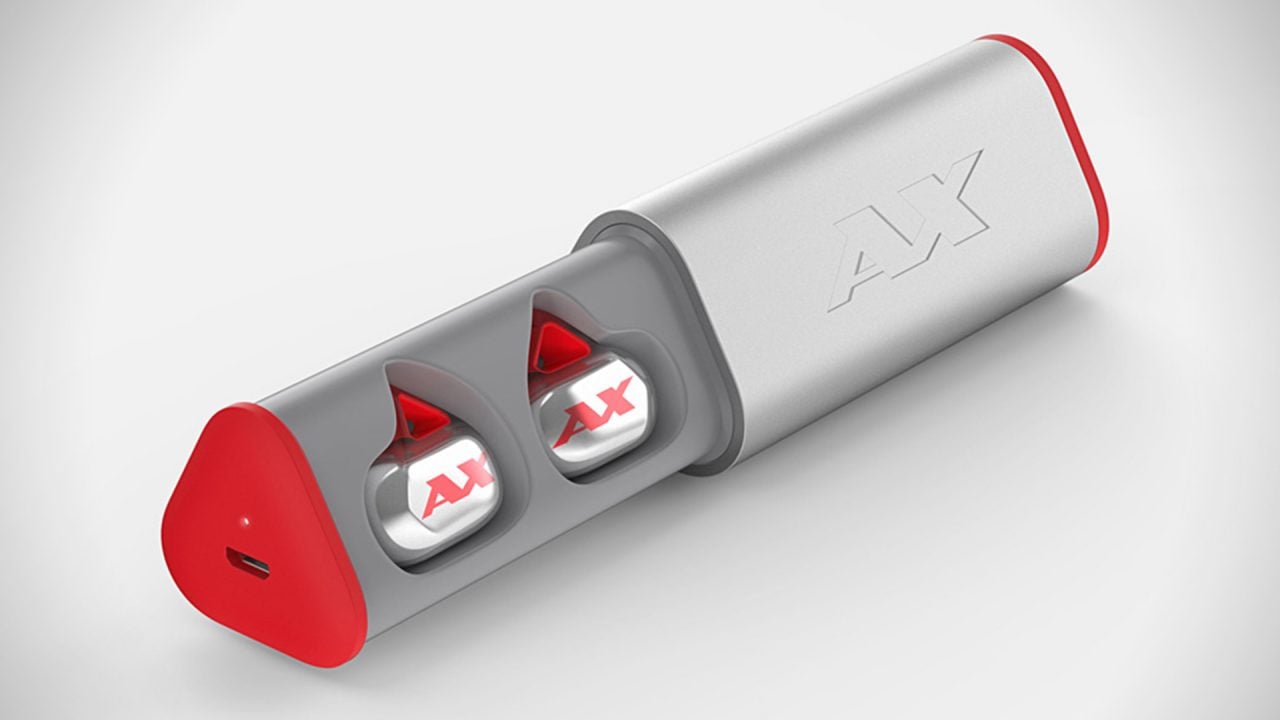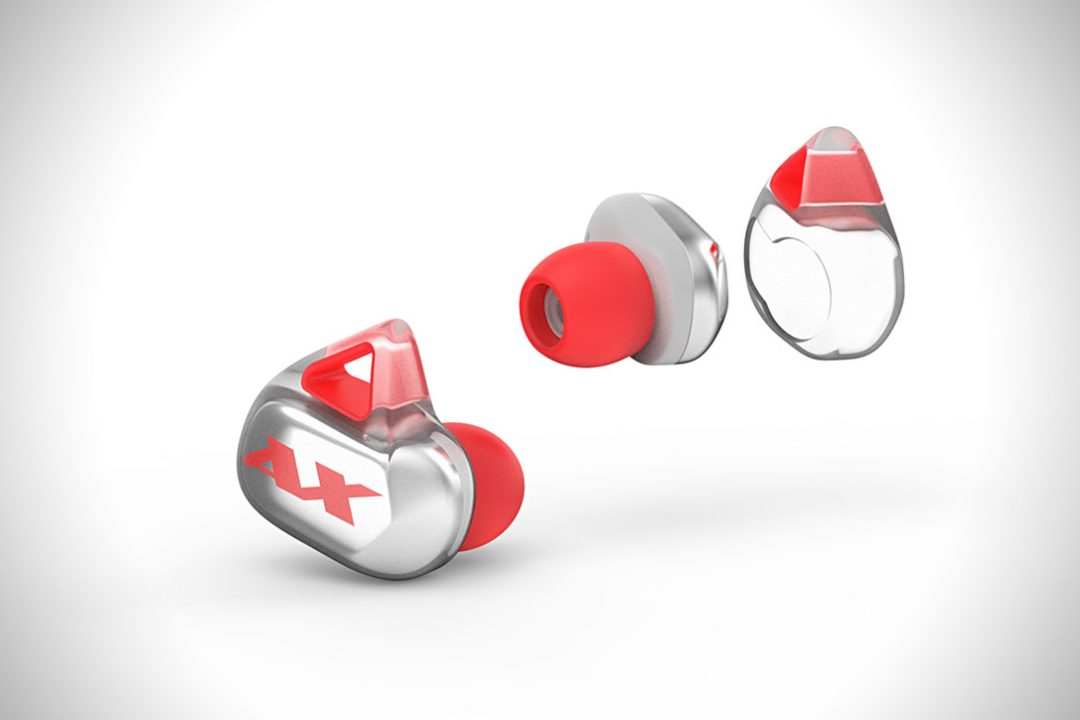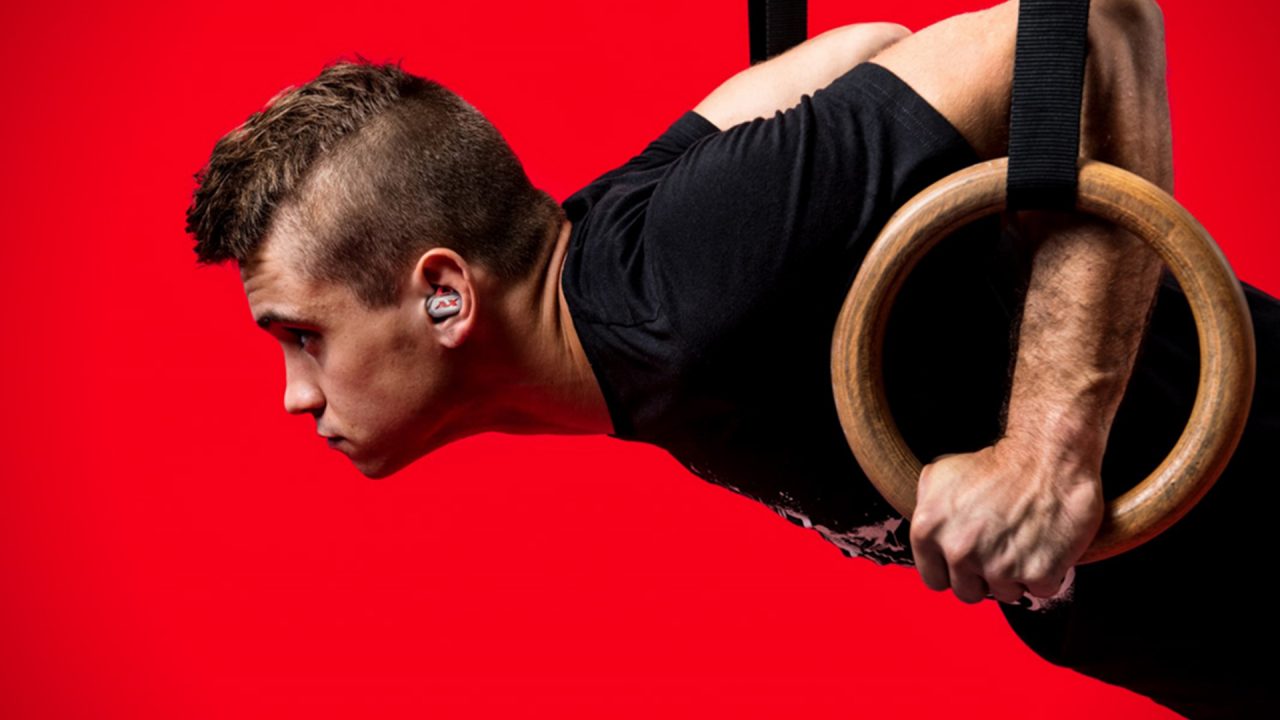Mobile audio has always been a difficult balancing act. The need for great audio on the go has never been more prevalent. With smartphones now a staple for most people’s daily commute, exercise and fitness, the need for an audio solution that can be portable while still sounding good is the holy grail.
Apple, with the iPhone 7 has also forced people’s hands. The headphones they used to use are no longer as easy to pull out and plug in without the use of a dongle. This is where Bluetooth audio options come into play, and where the Axum wireless headphones are planning to make a splash. Currently on Indiegogo, the Axum are aiming to give people great audio, while ensuring they maintain that mobile, ultraportable feel. Currently at 528% funded, the Axum is proving to be a product many people want to get their hands on. We had a chance to talk to Igal Golvan, CEO at Axum, about what the headphones can do for audio and fitness and how they hope to change the way people view Bluetooth audio.

CGMagazine: Could you tell us a little about what Axum does and how these new headphones stand above the competition?
Igal Golvan: First of all, we not only offer four hours playtime (while others offer 1.5-2 hours) you can also get an additional four with the portable charging case. We achieved it by eliminating any unnecessary features. We are aiming to reach fitness junkies like us that need three things: fit, sound and battery life.
Our designers made a unique design that will fit you during the most extreme sport activities. In the last months all we did was test the earphones in every sport activity you can imagine .This included cycling, running, CrossFit , snowboarding and even sky diving .
The issue with True Wireless Earbuds is that all our competitors see this product as the latest technology in the headphones industry and as such they've aimed the technology at early adopters. Unlike them we understand the real potential of the product to become the mainstream earbuds of athletes, as the lack of cables is something so comfortable no one can even imagine, only when doing sport activities and listening to Axum earphones will you really understand the definition of freedom!

CGM: Could you go over what M-voiD® sound technology brings to the table?
IG: Sure. M-voiD stands for Multidisciplinary virtually optimized industrial Design. It’s a technology for the realistic simulation of audio systems using CAD data. It is a sophisticated technology that paves the way to reproduce outstanding sound performance to let consumers discover that earphones deliver the emotions and excitement comparable with a concert.
Realistic and predictive simulations by means of a fully coupled multiphysical electrical-mechanical-acoustical simulation model are the heart and driving backbone of M-voiD® technology. The major advantage of M-voiD® is that acoustic problems can be identified and resolved in the virtual domain before any prototype is being built.
Sound characteristics are virtually measurable and assessable and can be optimized on the virtual model. It is not just limited to the graphical reproduction. M-voiD® listens to the virtual sound of the earphone already on the computer by means of a special reproduction technique (called auralization), enabling improved sound. Bottom line, while even the largest companies out there can test 100 or maybe 10,000 prototypes to check and improve the sound quality before releasing the final product, we had the ability to test sound quality from over 10 million prototypes.
Besides that, Konzept-X also helped us with the driver design itself to maximize the results after we've changed the internal design.

CGM: With your Indigogo doing so well, do you foresee this will delay the final release?
IG: Exactly the opposite. We planned to wait until the funding period is over to head into mass production, but now that we understand the demand we'll start doing it ASAP.
CGM: Why the choice to go with Indigogo over an option such as Kickstarter?
IG: We thought about KS, however the Indiegogo team was much more supportive and offered lots of relevant information on how to succeed with crowdfunding . We are product people and don't understand crowdfunding, so a supportive team was something very important for us.
CGM: Do you plan to offer a retail version of these headphones?
IG: Of course, but first we'll ship everything to our backers and then we'll think about retail.
CGM: For the gamer on the go, will these offer anything beyond what is already in the wild?
IG: The perfect fit of Axum earbuds is something like you've never experienced before, you can see the bulky design of other brands such as Samsung and Motorola The last thing you want to do is wear those gigantic things all day long.

CGM: How do you think these headphones will do with the fitness crowd beyond just the music listener?
IG: We believe that beside the sound quality, the fit and comfort is something they'll be addicted to. We noticed the reaction of the people while testing them out in the gym and we guarantee that once you try Axum earbuds you'll never be able to use wires again!
CGM: Are there any obstacles you will need to overcome to bring these to market?
IG: Yes, there are many obstacles of unawareness from the customers. Many people are not familiar with this concept and think of it as a regular mono Bluetooth ear piece, so we are heading to a long journey of explaining our product and turning it into mainstream.

CGM: How do you feel these headphones will do with a crowded market? What sets Axum apart?
IG: We have full confidence in our product. First of all we know 100% that no matter how good your BT earbuds are, if they are not True Wireless they can't compete with us. As for other True Wireless companies out there, based on their design they've never thought about athletes as their potential customers and it's a shame as this concept is perfect for fitness and exercising. So we already have a huge advantage on them.

